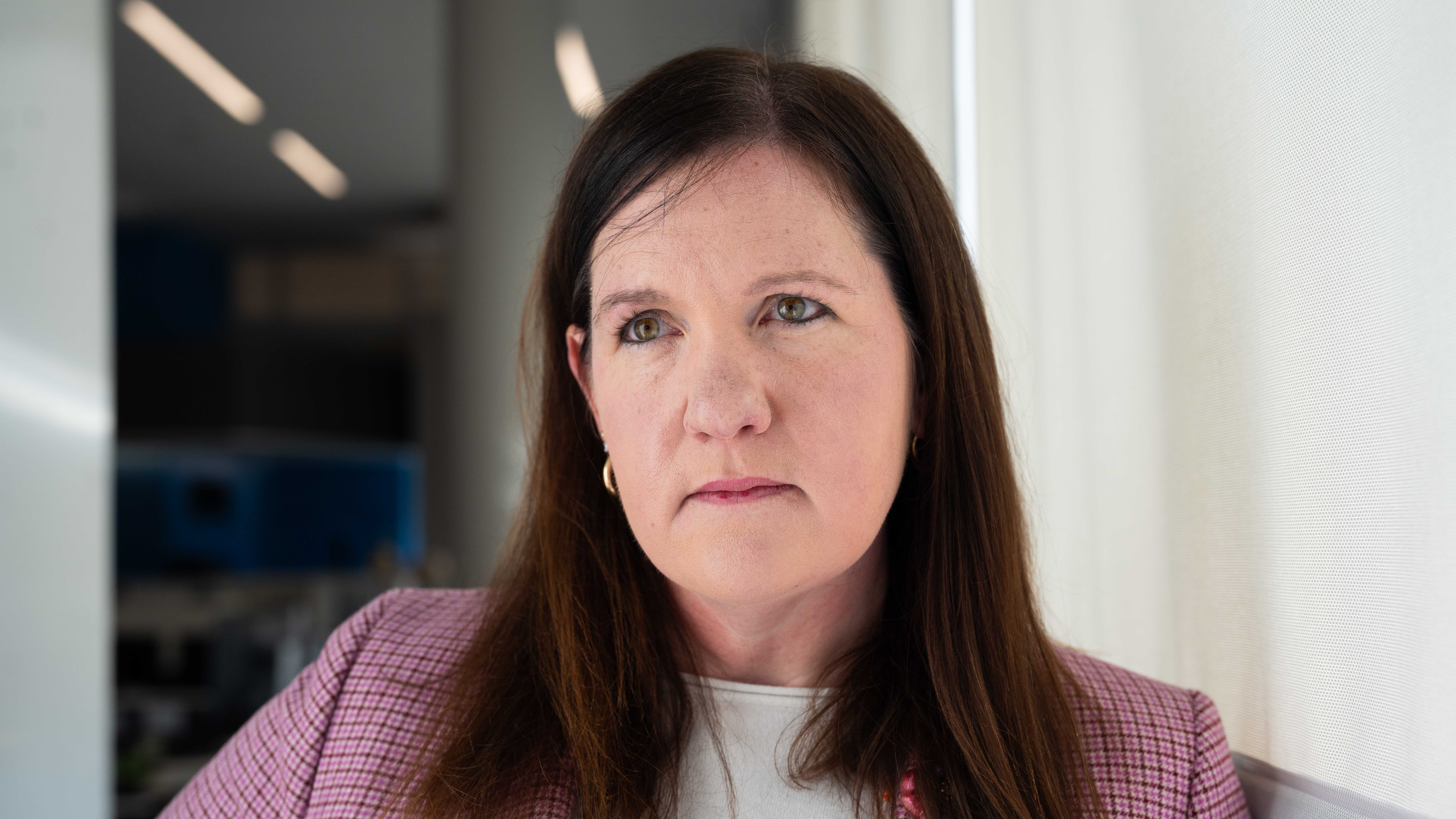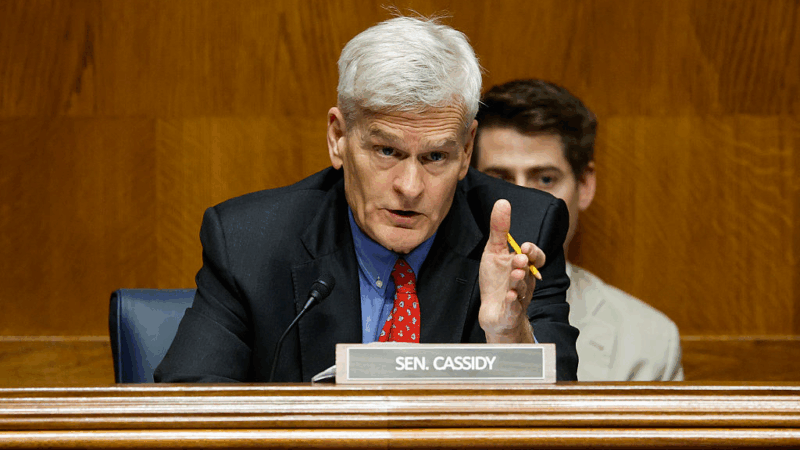Southern Living Celebrates 50 Years
Southern Living, one of the South’s most iconic magazines, is celebrating its 50th anniversary this year. The Birmingham-based institution has an enduring relationship with readers and a unique history.
One of those readers is Diane Bailey who says, like her mother, she reads Southern Living religiously.
“We get it every month. I also look at the newsstands to make sure I have the latest copy, just to make sure I don’t miss anything,” Bailey says. “You don’t want to miss anything from Southern Living. The stories that are in there, the recipes, the places to go, the information to go for vacations. It’s just an all around great family magazine.”
This kind of appreciation dates back to the early 60’s and Progressive Farmer magazine. Some of their readers were moving to the suburbs. To appeal to those readers, Progressive Farmer created a column called Southern Living. It grew to a major section, and in 1966, Southern Living magazine appeared. It celebrated travel, gardening, homes and food in the South. With an initial subscriber base of 200,000, Southern Living is now one of the country’s largest magazines with more than 15 million readers, according to industry statistics.
John Floyd was editor of Southern Living from 1990 through 2008.
“It was all about the real reader,” says Floyd. “It wasn’t about the fake reader or the person you wanted to be reading.”
He says Southern Living has always strived to be truly, well, Southern. Gardening tips, vacation ideas, home design suggestions and recipes often come from readers. Floyd says readers’ opinions have always been front and center. He gave specific instructions to staff.
“Every editor needs to call ten homeowners, randomly, who subscribed to the magazine, this week and just chat with them,” says Floyd. “Find out what’s going on, how they like it.”
Lois Chaplin was a garden writer for Southern Living for 13 years.
“Our job was really about going out and finding what people were doing,” says Chaplin. “Writing about it. Taking pictures of it. Meeting people, bringing it home and sharing it with our readers.”
The magazine publishes multiple editions each month. For instance, the issue on newsstands in Birmingham is different from the one in Dallas. Many readers want to know about plants they can grow in their own yard, not what’s growing five states away.
Sid Evans is editor in chief. He says, historically, Southern Living readers have skewed toward middle-aged women, but a key challenge is appealing to young professionals that he says are driving a cultural renaissance across the South. So among other things, the magazine has added a “Style” section.
“Look what’s happening in Charleston and Birmingham and Atlanta and Austin, Texas,” says Evans. “It’s really remarkable and this is young people that are really making this change happen. They’re the ones who are opening the restaurants and who are opening the shops and the ones moving back into the downtowns.”
One criticism of Southern Living is that it never covers negative issues and that it highlights only the positive aspects of Southern white suburbia. Evans admits the magazine is not political and never was meant to cover current events. But he says there’s a time and place to speak out. He points to a piece in the August 2015 issue about a shooting at a historically black church in Charleston.
Evans says Southern Living strives to be relevant. And as long as it evolves with the changing urban South, it will continue the success it’s enjoyed over the last 50 years.
Here are the 2026 Golden Globe nominations
Marlon Wayans and Skye P. Marshall presented the nominees for the 83rd Golden Globes this morning. The awards ceremony will be held on Jan. 11, hosted by Nikki Glaser.
After Texas ruling, Trump and Republicans head to 2026 with a redistricting edge
Trump has prompted a redistricting race as he tries to maintain Republican control of the House in the 2026 elections. Democrats have fewer options to counter, as the battle heads into next year.
How China, not the U.S., became the main climate solution story in 2025
The U.S. has become a "side character" in the global story of renewable energy, experts say. China dominates the sector, with positive implications for the climate and their economy.
Supreme Court to hear case that could vastly expand presidential powers
The Supreme Court hears arguments in a case about President Trump's firing of a Federal Trade Commissioner. At stake is a 90-year precedent limiting the president's power over independent agencies.
Republicans push high deductible plans and health savings accounts
A Republican call to give Americans cash instead of health insurance subsidies revives an old idea that has left millions with medical debt.
Zelenskyy heads to London for more Ukraine peace talks. Here’s what to know
The talks signal fresh support from European allies. But they follow stalled U.S. negotiations in Miami and comments from President Trump's son suggesting Washington is ready to pull back.






